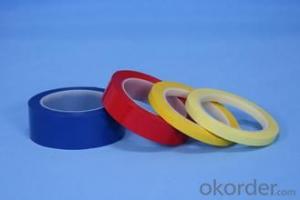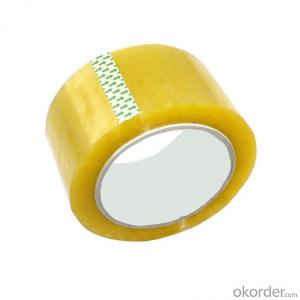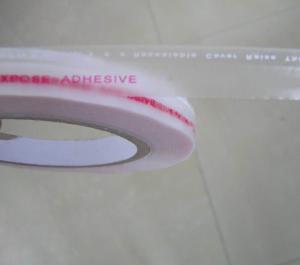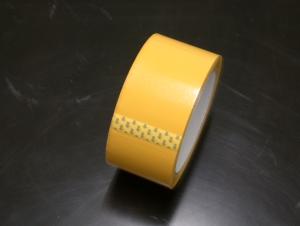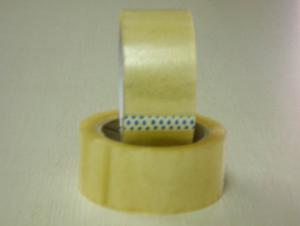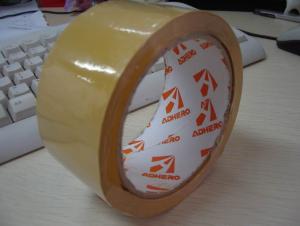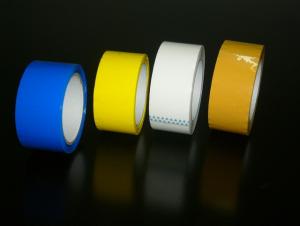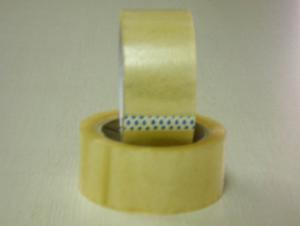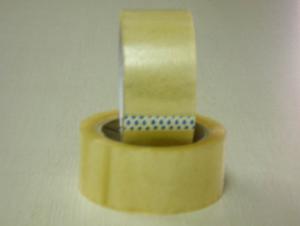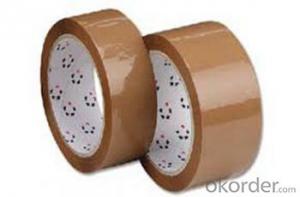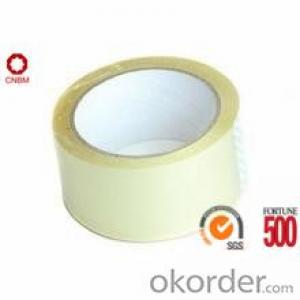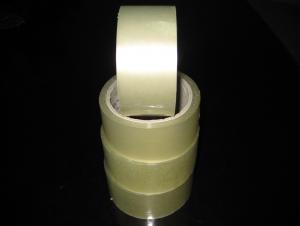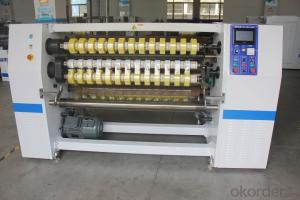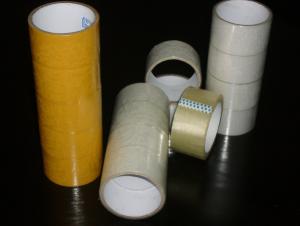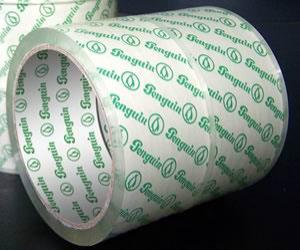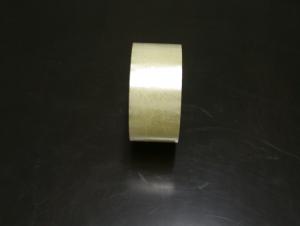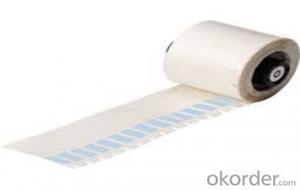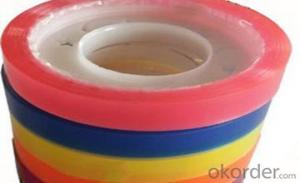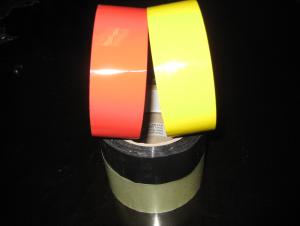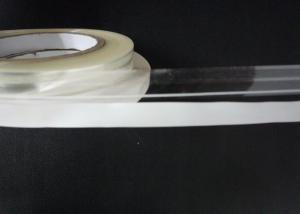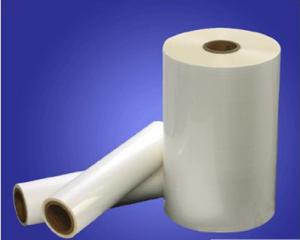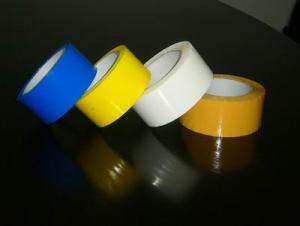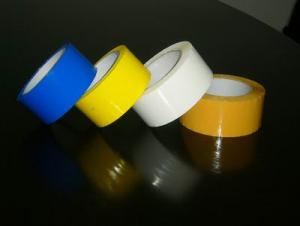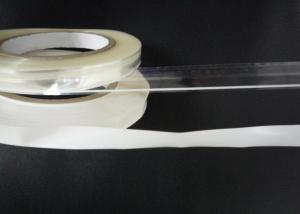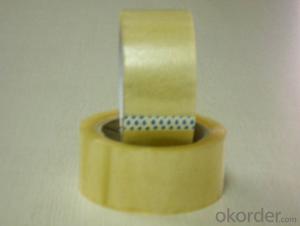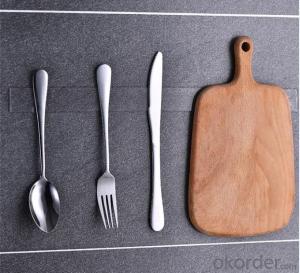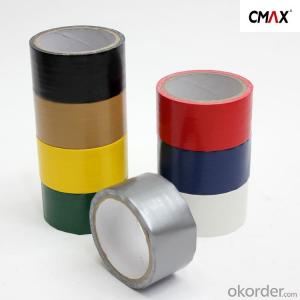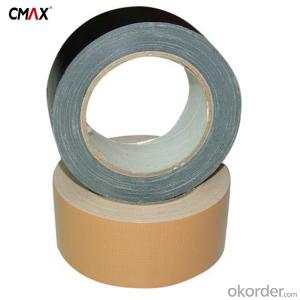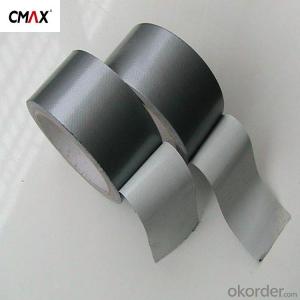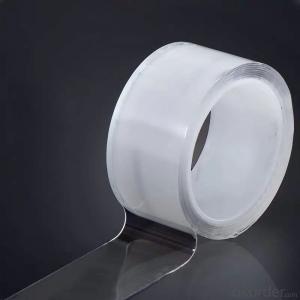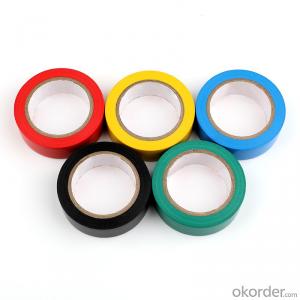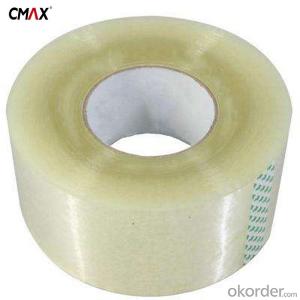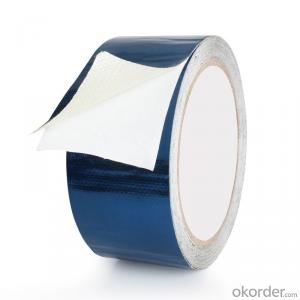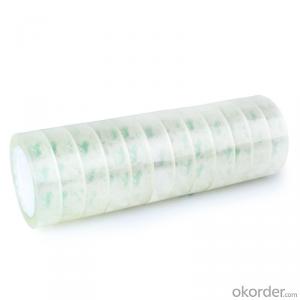Bopp Bag Sealing Tape
Bopp Bag Sealing Tape Related Searches
Package Sealing Tape Opp Packaging Tape Packaging Tape Aluminum Sealing Tape Nylon Packing Tape Binding Cloth Tape Shipping Tape Binding Tape Transparent Packing Tape Pu Foam Tape Bead Tape Automotive Masking Tape Heavy Duty Packaging Tape Personalised Packing Tape Sticky Back Foam Tape Polypropylene Tape Brown Paper Packing Tape Blue Masking Tape Kraft Packaging Tape Heavy Duty Shipping Tape Shurtape Masking Tape Copper Foil Tape Packaging Tape Art Pipe Insulation Wrap Protective Film Tape Copper Tape One Sided Foam Tape Best Shipping Tape Double Sided Cellophane Tape Bopp Film 100 MicronsBopp Bag Sealing Tape Supplier & Manufacturer from China
Bopp Bag Sealing Tape is a versatile and efficient product designed for sealing various types of bags, particularly those made from polypropylene materials. This tape offers a strong adhesive bond, ensuring that the contents of the bag remain secure and protected. It is widely used in industries such as food packaging, retail, and logistics, where maintaining the integrity of the package is crucial.The Bopp Bag Sealing Tape is ideal for a variety of applications, including sealing plastic bags, courier bags, and even heavy-duty industrial bags. Its strong adhesive properties make it suitable for both indoor and outdoor use, providing a reliable seal in various environmental conditions. This tape can be easily applied using standard tape dispensers, making it a convenient choice for businesses looking to streamline their packaging processes.
Okorder.com is a reputable wholesale supplier of Bopp Bag Sealing Tape, offering a large inventory of this essential product. They provide competitive prices and reliable service, ensuring that businesses can source the tape they need without any hassle. By partnering with Okorder.com, customers can benefit from a steady supply of high-quality Bopp Bag Sealing Tape, helping them maintain efficient operations and protect their products during transit.
Hot Products

